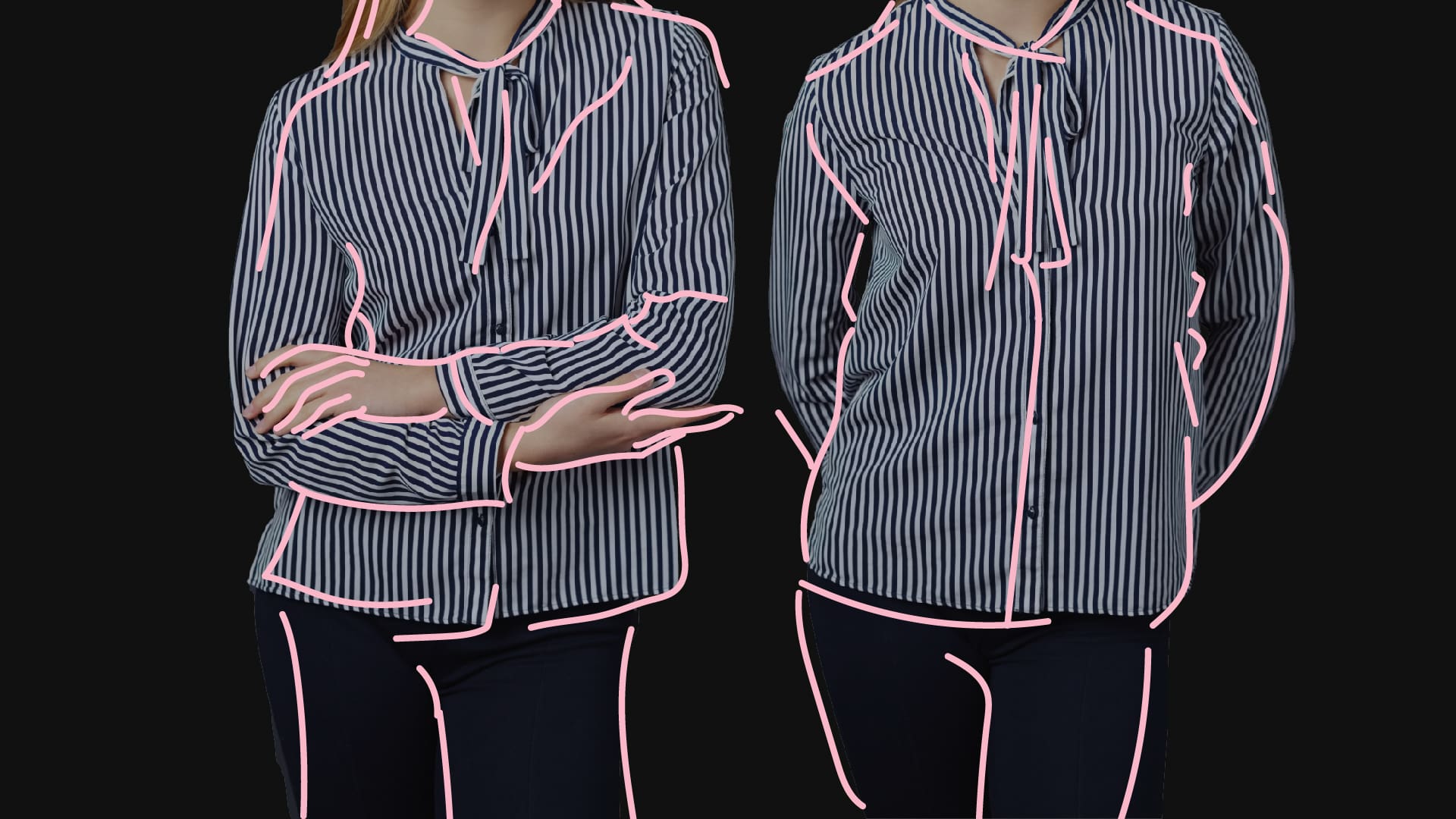While new research has disproven the old adage that just 7% of communication is verbal, it’s still true that non-verbal signals such as tone of voice, facial expression and body language play an important role in communication. This rings just as true when it comes to branding and marketing communications. While it’s important to get your verbal (and written) messaging right, there are also numerous other factors that contribute to how consumers perceive your brand.
This is your brand body language: the non-verbal signals you send to consumers. It includes things like the colours you use, the style of your design assets and even the way in which your employees treat clients. If “we deliver great customer service” is the verbal message, then the interactions your employees have with customers is the body language.
Here’s the thing about body-language, though: we’re not always fully aware of the signals we’re sending. As an example, a friend of mine recently completed a public speaking course for work and had his performance graded. He wasn’t fully aware of it, but, during his presentations, he’d pace and look at the floor. He didn’t feel nervous, but that was the message his body language was communicating.
This presents an important lesson for brands that want to fully optimise their image: you need to become aware of the subconscious body language signals your brand is communicating. Otherwise you might be sending out the wrong message and unintentionally alienating valuable customers.
Let’s say you want to reach a young audience, but you’re unaware that the dull colours in your marketing materials make your brand look sensible and mature. You’re going to end up disappointed when you can’t shift product because your branding and marketing materials don’t excite your target audience.
Of course, it’s not always that easy to identify traits you’re unaware of. We’ve all had a conversation with a friend in which we say “you know, you’re always tapping your feet.” Only to be met with the response “no, I’m not!” But, while we’ll laugh and forgive our friends for these minor flaws, consumers won’t do the same for your brand. They’ll take their business elsewhere. You can’t afford to be unaware of – or unwilling to change – the subconscious body language signals your brand is sending.
For that reason, it’s vital to continually seek feedback, listen to and reflect on responses and then actively adapt to better align yourself with the evolving needs and tastes of your audience. While there are numerous tools available to help you do this, the best way to uncover the subconscious brand body language signals you’re communicating is to employ an outside professional. They’ll be able to conduct an impartial analysis of your image and provide a brand strategy to help you resolve any issues.
At Elastic, for example, we regularly help brands improve all aspects of their image with in-depth brand workshops. During these sessions we’ll uncover the specific barriers preventing you from attracting the attention of your desired audience and create strategies to help you overcome them.
In essence, our brand workshops help you uncover problems with your subconscious brand body language and provide solutions for them. Or, if you’re building a brand for the first time, a brand workshop keeps your body language from developing problems that impede your success. To find out more about how a brand workshop can benefit you, get in touch today!




